Judi Lynn
Judi Lynn's JournalPublished before Sunday's election: "Will Voters Choose to Make Chile Terrible Again?"
NOVEMBER 19, 2021
BY ARIEL DORFMAN
Ever since my native Chile regained its democracy in 1990 after 17 years of a brutal dictatorship, I have been haunted by the fear that those dark times could return. No matter how often that dread was met with proof of how the Chilean people were distancing themselves from the terror of the past — repudiating the executions, the torture and the massive exile of dissidents under strongman Gen. Augusto Pinochet — I could not shake the sense that one day my country, besieged by crises, might condone a regression to authoritarianism and repression.
My fear lifted substantially two years ago, when the largest social justice protests in Chile’s history led to 80% of the electorate voting to replace Pinochet’s fraudulent 1980 constitution, which had been constraining indispensable reforms. The way the constitutional convention, in session since July, has been reconceiving a deeply democratic government seemed a sign that the perverse institutions and advocates of dictatorship were being permanently consigned to ashes and irrelevance.
I should not have been so optimistic.
Chile goes to the polls Sunday to elect a new president, with a potential runoff four weeks later between the top two candidates. The campaign has seen the alarming possibility that José Antonio Kast, an ultra-right-wing populist who considers Pinochet his hero, could become the country’s next president.
When Kast, the son of a Nazi officer who had served Hitler, launched his candidacy, I believed, along with most observers on the right and the left, that his campaign was doomed. His opposition to divorce, abortion and gay rights, as well as his window-dressing responses to global warming, contrasted with what most of the country appeared to be thinking. Kast had also crusaded to keep the old, autocratic constitution and supported pardoning some of Pinochet’s most egregious torturers, murderers and other agents, now serving long prison sentences for their human rights violations.
How is it, then, that this crypto-fascist could end up as Chile’s next president?
More:
https://www.counterpunch.org/2021/11/19/will-voters-choose-to-make-chile-terrible-again/
Incredible Cave Paintings 8 Miles-Long Revealed Deep in Amazon Forest: The Sistine Chapel of Ancient
Incredible Cave Paintings 8 Miles-Long Revealed Deep in Amazon Forest: The Sistine Chapel of Ancients
By Andy Corbley -Nov 15, 2021
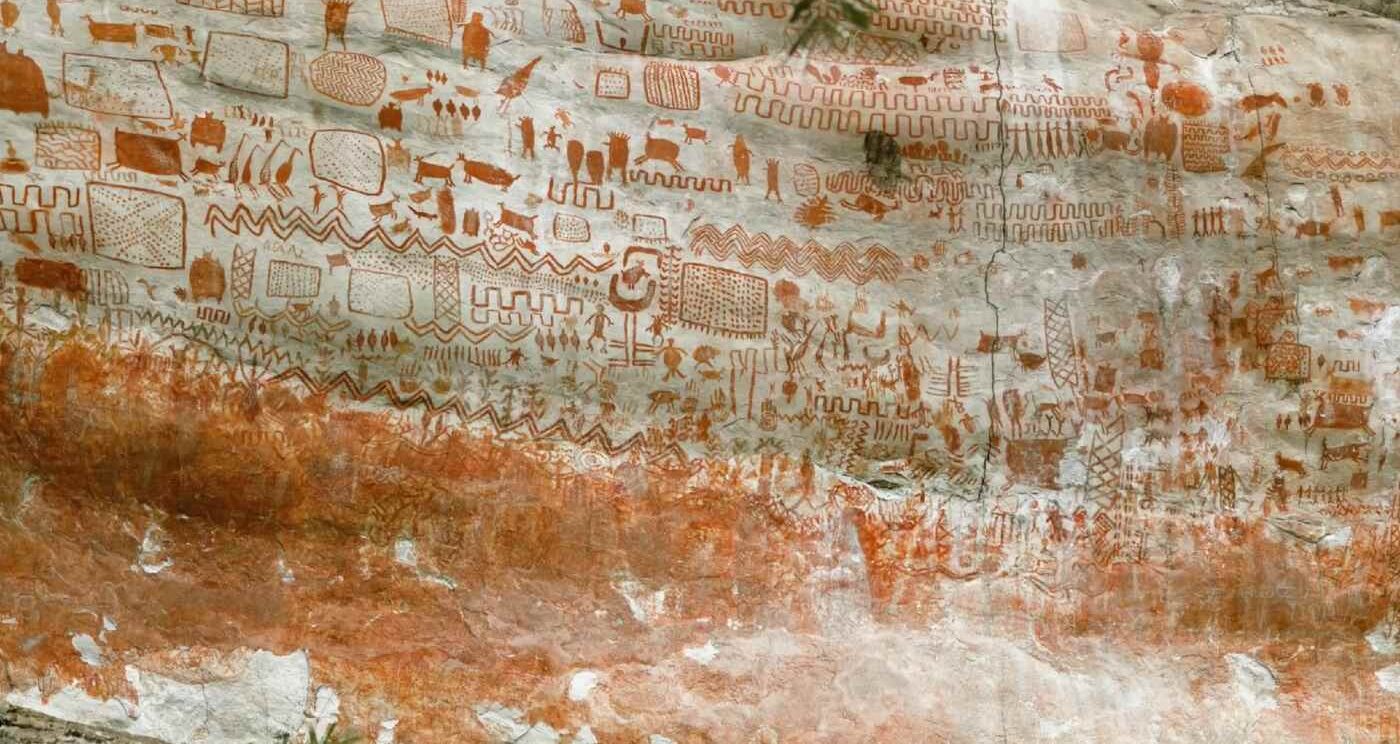
GIPRI Colombia/YouTube
Tens of thousands of pristine cave paintings were found daubed across an eight-mile stretch of rock in a once-in-a-century discovery in Colombia’s Amazon rainforest.
Hailed as the “Sistine Chapel of the Ancients,” it’s the kind of discovery that changes the world of archaeology.
Believed to be 12,500 years old, the art is extremely detailed, and includes handprints and depictions of Ice Age megafauna like the mastodon, a relative of the mammoth, Ice Age horses, and giant ground sloths.
The discovery, made in Chiribiquete National Park in the south of Colombia, was actually made in 2019 but was kept quiet to be revealed in a major documentary called Jungle Mystery: Lost Kingdoms of the Amazon.
More:
https://www.goodnewsnetwork.org/colombian-cave-painting-discovery-hailed-as-sistine/
Also posted in Anthropology:
https://www.democraticunderground.com/12297670
The body as territory: The Kamnt Biy: Land use planning in defense of the sacred
By Tracy L. Barnett, Hernán Vilchez, originally published by Esperanza Project
November 11, 2021
By Tracy L. Barnett and Hernán Vilchez
with production by Andrés Juajibioy in Sibundoy and Laura Gómez in Bogotá
Academic support from Álvaro Sepulveda from the Colombian Society of Ethnobiology
This story begins the transmedia series “Cosmology & Pandemic — What We Can Learn from Indigenous Responses to the Current Health Crisis,” produced with the support of the Pulitzer Center on Crisis Reporting, The One Foundation and SGE. Episode I: The Body as Territory begins the series with three stories from three different indigenous communities in Colombia. For more about this series, see cosmopandemic.esperanzaproject.com.
From the moment the Kamëntšá Biyá people of the Sibundoy Valley learned about the Covid-19 pandemic, they knew what their response would be: to close the entire territory to outside visitors. In so doing, physically, symbolically and spiritually, they would close the territory of the human body to the viral invader.
That’s because for the Kamëntšá, and many other indigenous communities, the separation between the human body and the territory that it inhabits is a contradiction. The interconnection of land, water, air, and living beings is intricate and profound, and no healing can occur without first acknowledging that relationship.
“The territory is what allows life. So, if the territory is poorly conserved, in the future it will be difficult to preserve and protect life,” says Taita Ángel Pasuy Miticanoy, an architect, territorial planner and leader of the Kamëntšá community. “If the territory is healthy, we will be able to grow nutritious plants that help us strengthen our organism as a body, as people and as members of a community and a territory.”
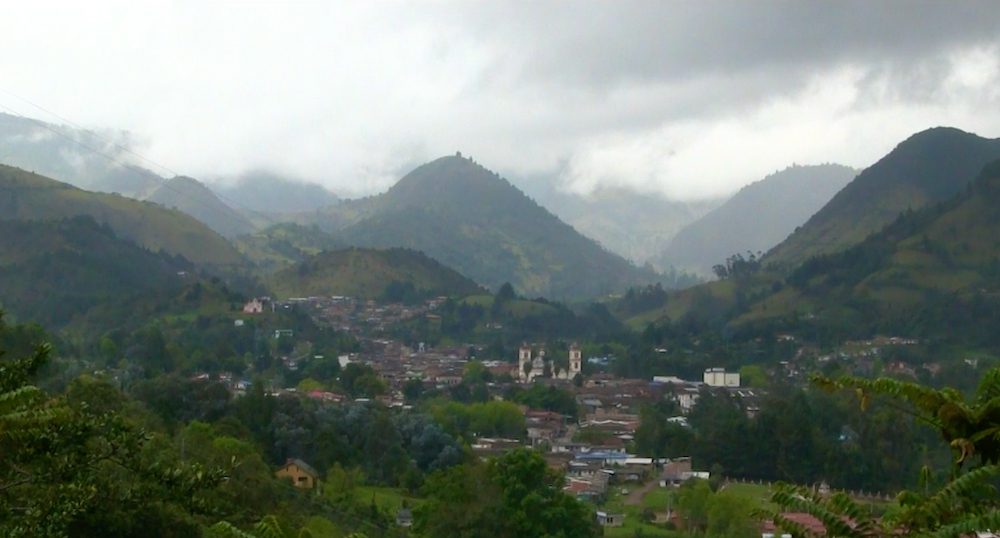
The Kamëntšá-Biyá and their neighbors, the Ingas, inhabit a territory the Putumayo region that includes the Sibundoy Valley, a biocultural corridor that has long served as a crossroads connecting the Colombian Amazon with the high Andes. (Photo: The Esperanza Project – Cosmology & Pandemic)
For Pasuy, it is a reciprocal and synergistic relationship, and it works both ways: in healing the human body, the territory is also healed — and knowing, caring for and organizing the territory also provides well-being to individuals and human communities.
More:
https://www.resilience.org/stories/2021-11-11/the-body-as-territory-the-kamentsa-biya-land-use-planning-in-defense-of-the-sacred/
Reuters unmasks Trump supporters who terrified U.S. election officials
Law enforcement has taken little action as backers of Donald Trump aim stark threats at election officials. Reuters tracked down nine of the harassers. Most were unrepentant.
By LINDA SO and JASON SZEP Filed Nov. 9, 2021, 11 a.m. GMT
This story contains text, images and audio clips with offensive language.
In Arizona, a stay-at-home dad and part-time Lyft driver told the state’s chief election officer she would hang for treason. In Utah, a youth treatment center staffer warned Colorado’s election chief that he knew where she lived and watched her as she slept.
In Vermont, a man who says he works in construction told workers at the state election office and at Dominion Voting Systems that they were about to die.
“This might be a good time to put a f‑‑‑‑‑‑ pistol in your f‑‑‑‑‑‑ mouth and pull the trigger,” the man shouted at Vermont officials in a thick New England accent last December. “Your days are f‑‑‑‑‑‑ numbered.”
The three had much in common. All described themselves as patriots fighting a conspiracy that robbed Donald Trump of the 2020 election. They are regular consumers of far-right websites that embrace Trump’s stolen-election falsehoods. And none have been charged with a crime by the law enforcement agencies alerted to their threats.
More:
https://www.reuters.com/investigates/special-report/usa-election-threats/
700,000 Paraguayans At Risk Of Being Evicted By The Abdo Regime
Published 3 November 2021
Since the beginning of the year, 11 Indigenous communities have been forcibly evicted from lands claimed by private companies. On Tuesday, the Paraguayan Farmers Movement (PFM) denounced that 700,000 citizens are at risk of being evicted due to a President Mario Abdo's law supporting mass evictions of Indigenous families.
"There are 860 Indigenous and farmer settlements that are going to be evicted," PFM leader Belarmino Balbuena said, stressing that Abdo seeks to criminalize popular land occupations. Previously, the Police evicted 250 families from the Edilson Mercado community and 300 families from Yasy Cañy, where violence erupted between the citizens and law enforcement. As part of the law enforcement actions, every house was destroyed and the fields were burned down.
. . .
In 2006, the Truth and Justice Commission denounced that the Alfredo Stroessner's dictatorship (1954-1989) implemented an "agrarian reform" whereby over 75 percent of the lands of the Indigenous peoples and farmers were confiscated and handed over to its right-wing allies.
Since then, the affected social groups have tried to recover their lands through property occupation strategies, which are considered illegal under current laws. Besides being repressed by the police, popular organizations are attacked by private security agents that behave like paramilitary groups.
More:
https://www.telesurenglish.net/news/700000-Paraguayans-At-Risk-Of-Being-Evicted-By-The-Abdo-Regime-20211103-0006.html
Court confirms Colombia's ex-president is a suspected criminal (again)
by Adriaan Alsema November 11, 2021
Colombia’s Constitutional Court rejected the request by former President Alvaro Uribe to revoke his indictment on fraud and bribery charges.
The decision is a major blow for Uribe, who has been trying to get rid of the criminal charges that since August last year when the Supreme Court formally accused the ex-president.
The alleged victims of Uribe’s fraud and bribery practices celebrated the decision as they want the former president in prison for trying to get them in prison through witness tampering.
The criminal proceedings against Uribe are the bloodiest in recent history as many witnesses who could testify about the alleged ties of the former president’s family to a designated terrorist organization were assassinated.
More:
https://colombiareports.com/court-confirms-colombias-ex-president-is-a-suspected-criminal-again/
'I will never get my eyes back': the Chilean woman blinded by police who is running for senate
John Bartlett in Santiago
Tue 9 Nov 2021 05.00 EST
Fabiola Campillai was shot in the face by a teargas canister as she walked to work in 2019 amid nationwide protests against social inequality. Now she is running for office as an independent
Rights and freedom is supported by
Humanity United
Tue 9 Nov 2021 05.00 EST
On a November evening two years ago, Fabiola Campillai stepped out into the fading sunshine to head for her night shift at a food processing plant.
For weeks, Chile had been racked by a wave of mass protests against social inequality, but there were few signs of demonstrators in Cinco Pinos, the quiet neighbourhood on the outskirts of Santiago where Campillai lives.
“There weren’t any protests that evening. A man crossed the street in front of me to buy bread,” Campillai remembers. “And that was the last thing I ever saw.”
Patricio Maturana, an officer in Chile’s Carabineros police force, fired a teargas canister at Campillai from just 50 metres away, hitting her square in the face. A study estimated that the metal cylinder would have reached temperatures of up to 200C at the moment of impact.
More:
https://www.theguardian.com/global-development/2021/nov/09/fabiola-campillai-chile-blinded-by-police-senate-candidate
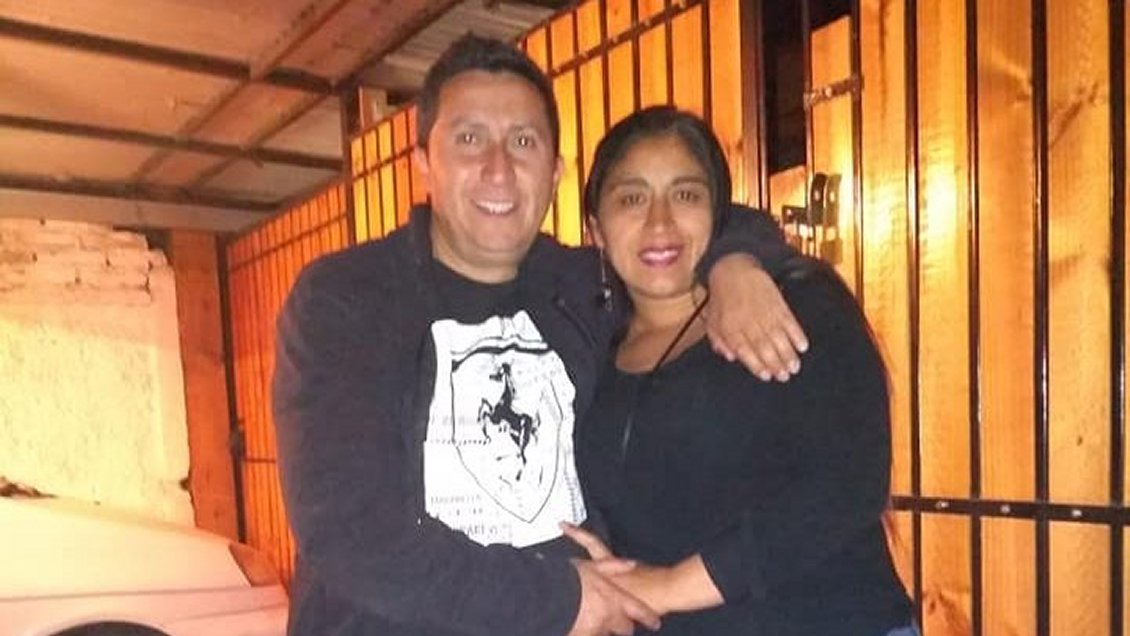
Fabiola Campillai, with husband.


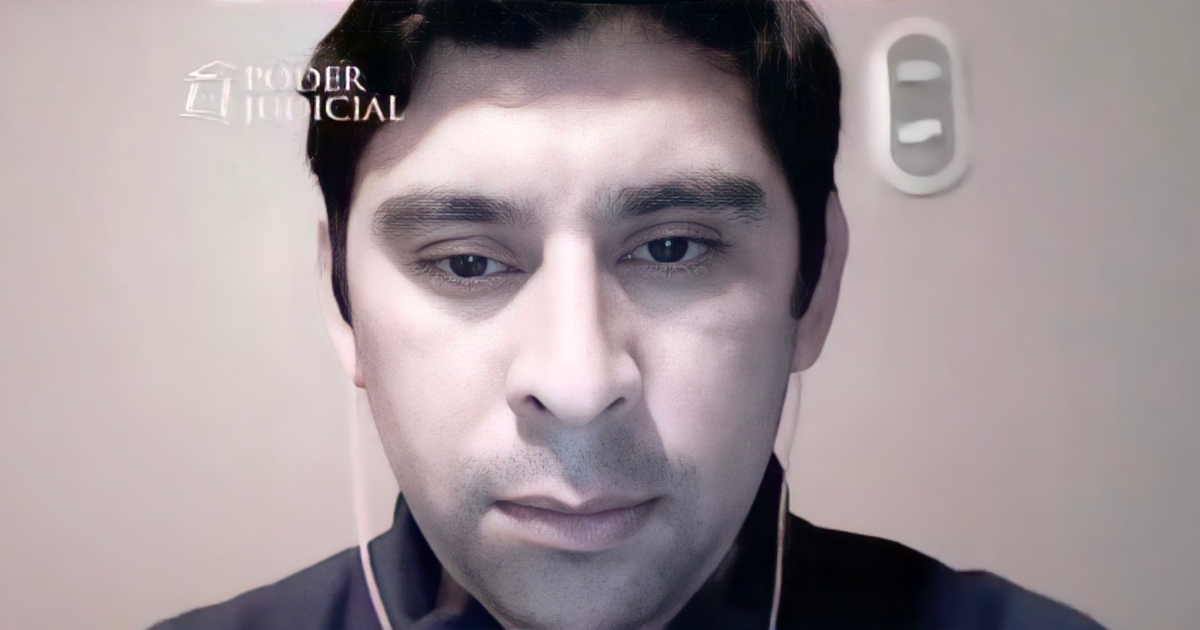
Patricio Maturana, the cop who blinded Fabiola Campillai.
'We can't live in a world without the Amazon': scientist
Issued on: 09/11/2021 - 05:14
Modified: 09/11/2021 - 05:12
2 min
Rio de Janeiro (AFP) – Erika Berenguer, an Amazon ecologist at Oxford and Lancaster universities, is one of the most prominent scientists studying how the rainforest functions when humans throw it off balance.
AFP asked the 38-year-old Brazilian to break down the latest research on the Amazon and what it means for us all.
There are lots of headlines on the destruction of the Amazon. What does the science say?
"The results are truly horrifying. They are in line with discussions about the 'tipping point' (at which the rainforest would die off and turn from carbon absorber to carbon emitter).
"One study found that in the southeast of the Amazon in the dry season, the temperature has increased by 2.5 degrees Celsius (over the past 40 years). That is truly apocalyptic.
"I don't think even academics were prepared for that. The Paris deal is trying to limit the world to 1.5 degrees; 2.5 in the Amazon is huge.
"And in the northeast Amazon, we've seen a decrease of 34 percent in precipitation in peak dry season (from August to October).
"The implication of all this is that if you have a hotter and dryer climate, fires are just going to escape more into the forest. So it gets into this feedback loop, this vicious cycle of horror."
More:
https://www.france24.com/en/live-news/20211109-we-can-t-live-in-a-world-without-the-amazon-scientist
The stench of death
On Canada's Highway of Tears.
By Brandi Morin
Published On 8 Nov 2021
In this six-part series, Al Jazeera tells the stories of some of the Indigenous women and girls who have gone missing or been murdered along an infamous stretch of highway in British Columbia, Canada.
Warning: The following article contains content that may be disturbing to some readers.
British Columbia, Canada - Mike Balczer pensively traces the rim of a white coffee cup on a frigid February morning. He takes a ponderous breath and looks up. His hair is covered by a black and white bandana and a cap. His trademark attire - black leather and black and white flannel - bear the markings that distinguish him as a nomad - a Crazy Indian Brotherhood nomad.
The Crazy Indian Brotherhood started in Winnipeg, Manitoba in 2007 and now has chapters throughout Canada and to the south as far as California and Oklahoma. It resembles a motorcycle gang, but Mike says the tough image is just for appearances. “We protect women and children around here. We patrol the streets looking out for the vulnerable.” And the uniform helps to intimidate the town’s drug dealers, he adds. But it is not only the local drug dealers who are on Mike’s mind. He is on the prowl - looking for a killer, or possibly killers, in Smithers.
The small town in northwestern British Columbia has a population of just over 5,300 people. It is home to the remnants of settler frontiers and Indigenous nations in a valley between towering snow-capped mountains, curtained by rows of lodgepole pine, spruce, sub-alpine balsam fir, aspen, birch and cottonwood trees.
Although a confessed wanderer, Mike has called Smithers home on and off for the past 20 years. He is a member of the Wit’Dat Nation (Lake Babine Nation) about a two-hour drive east and as a hereditary chief is part of a traditional governance system responsible for decision-making and cultural practices. When he became a leader his elders gave him the name “Person of Many”.
More:
https://www.aljazeera.com/features/longform/2021/11/8/the-stench-of-death-life-along-canadas-highway-of-tears
In Honduras Land Battles, Paramilitaries Infiltrate Local Groups -- Then Kill Their Leaders
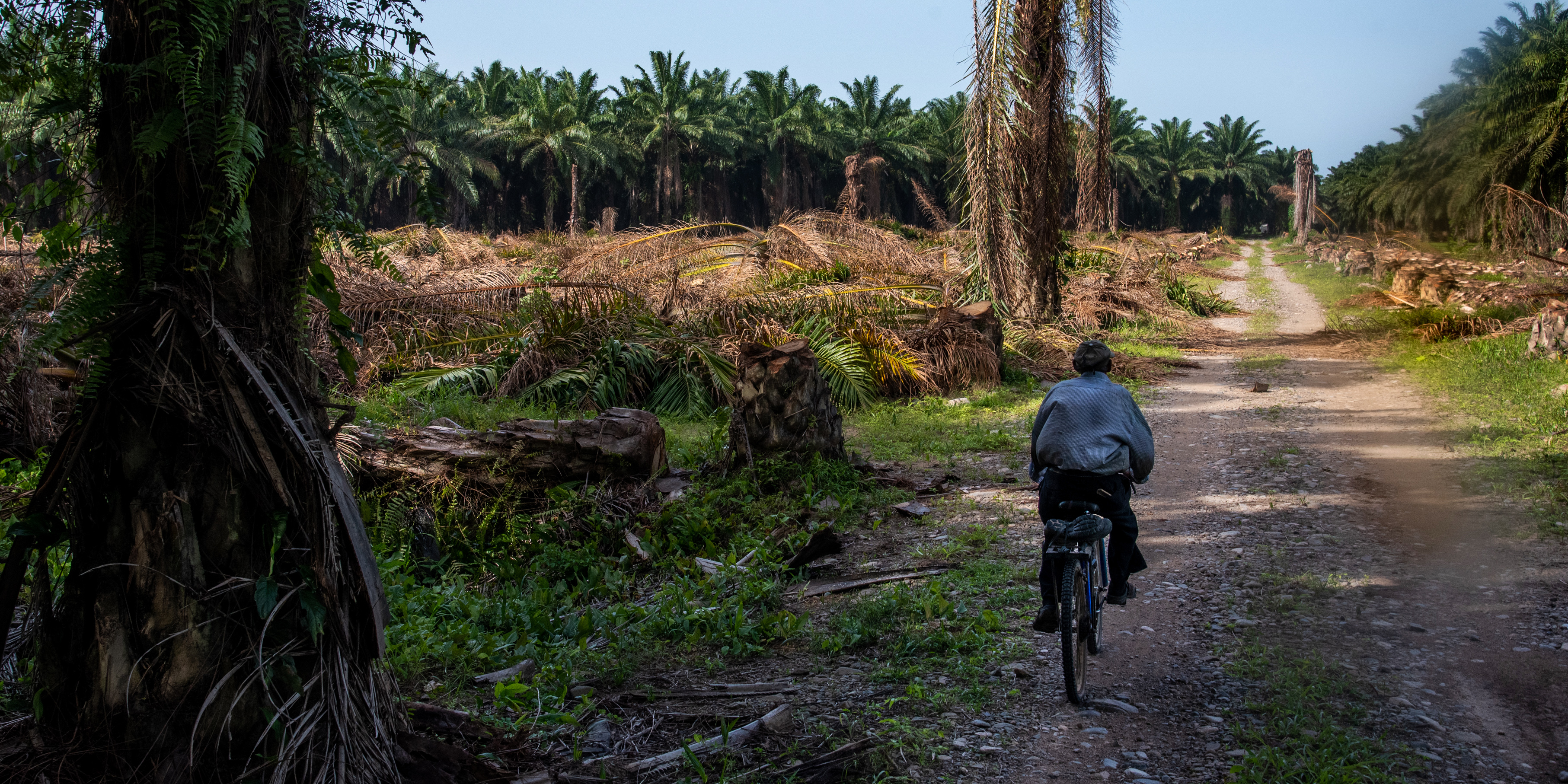
A man rides a bicycle past a lot of felled African palm trees in Los Laureles, Honduras, on July 22, 2021.
VIOLENT INFILTRATION
Jared Olson
November 6 2021, 6:00 a.m.
DANIEL GARCÍA FIRST received the text message, which showed the muzzle of an AK-47 above a blurry road, at 7:30 p.m. “You’re alive because God is great and powerful,” the sender wrote, “but I don’t think you’ll have the same luck this week. I’ll see you soon, love.”
García knew the message was serious. Rumor had it he’d been placed on a kill list of five land rights activists in Honduras. The first of the five, his friend Juan Manuel Moncada, had been assassinated just four days earlier.
At around 10 o’clock that night, the presumed messengers made good on their threat: Four or five men with balaclavas, bulletproof vests, and AK-47s rolled up on motorcycles and surrounded García’s property, where they proceeded to chat and smoke cigarettes while looking over the barbed wire fence into his adobe-walled house. García lay inside, paralyzed with fear.
He said they looked like soldiers. But they weren’t. They were paramilitaries who, in a resurgent campaign of violence and aggression that began this summer, have been targeting a land rights cooperative trying to protect land it retook from a corporate palm oil giant.
“When you see a soldier show up in front of your house,” García said of the July encounter, “you realize they aren’t a soldier, they’re there to murder you.”
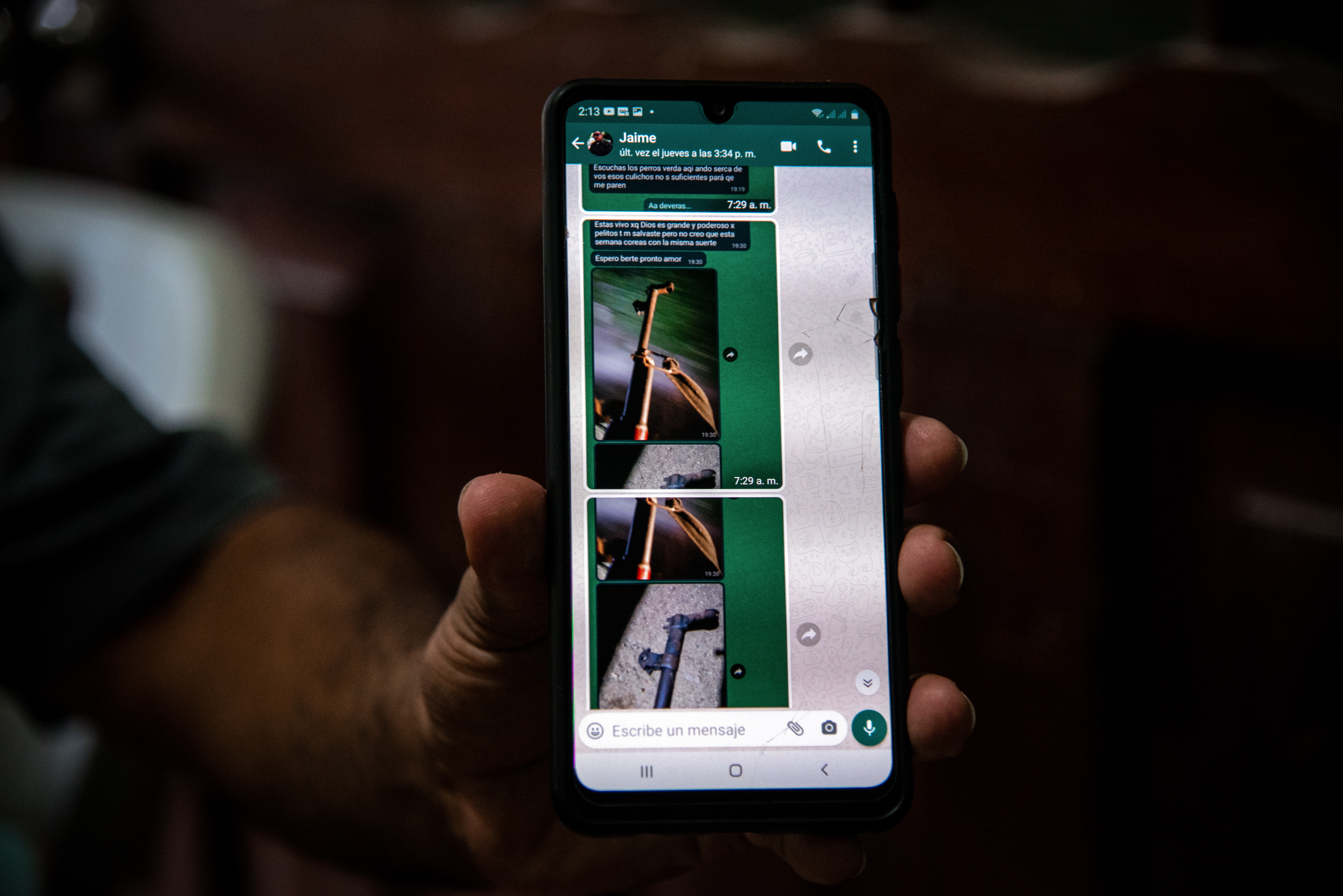
More:
https://theintercept.com/2021/11/06/honduras-paramilitaries-land-rights/
Profile Information
Member since: 2002Number of posts: 160,515